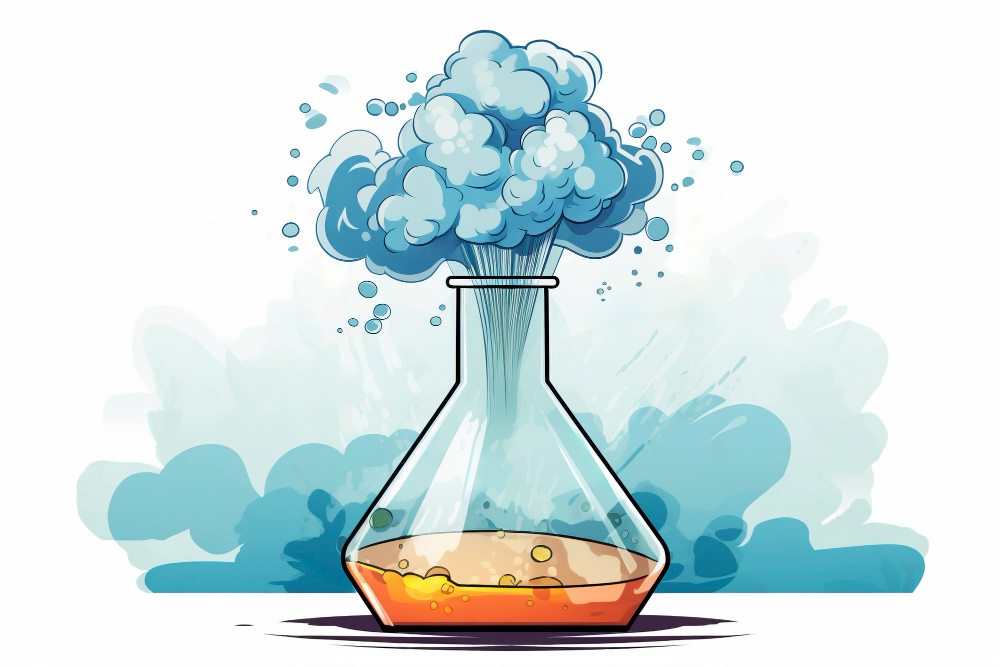Learn how to calculate partial pressure using straightforward steps and clear explanations.
Ever wondered how to calculate partial pressure without feeling like you’re prepping for a chemistry PhD program? You’re in the right place!
Imagine you’ve got a party of gases mingling in a container, and you need to figure out who’s responsible for what pressure. Yup, like cosmic bouncers checking IDs! Let’s break down Dalton’s Law, the Ideal Gas Law, and even Henry’s Law so you can master partial pressures and avoid any chemistry-induced headaches.
Dive in, and I’ll guide you through each step with clarity and just a dash of humor.
Key takeaways:
- Partial pressure is the pressure one gas would exert if it were the only gas in the volume.
- Dalton’s Law states that each gas contributes to the total pressure as if it were alone.
- The Ideal Gas Law equation PV = nRT helps understand how pressure, volume, temperature, and the amount of gas interact.
- Henry’s Law states that the amount of gas dissolved in a liquid is directly proportional to its partial pressure.
- Increasing the pressure on a gas increases the amount of it that will dissolve into a liquid.
Definition: Partial Pressure

Picture this: a gas party. Each gas present in a mixture wants its moment in the spotlight. But how do we quantify their individual contributions to the atmospheric jamboree? Enter the concept of partial pressure.
Partial pressure is simply the pressure one gas would exert if it were the only gas in the volume. It’s like each gas pretending it’s the only one in the room (a bit egotistical, but bear with me).
A few points to nail this down:
- Think of it as each gas playing solo even though it’s in an orchestra.
- The total pressure is the sum of these solo performances.
- It’s usually measured in units like atmospheres (atm) or pascals (Pa).
Easy-peasy, right? Now that we know who’s who at the gas party, let’s see how they all play together.
Dalton’s Law
Picture a big family dinner. You’ve got Aunt Jane’s famous lasagna, Uncle Bob’s savory roast, and Grandma’s legendary apple pie. Now imagine measuring how much aroma each dish contributes to the overall delicious smell. This is kind of what Dalton’s Law does for gases.
Dalton’s Law says that in a mix of non-reactive gases, each gas contributes to the total pressure as if it were alone. The total pressure of the mixture is simply the sum of the individual pressures.
Think of it as a group project where everyone adds their own piece. If Nitrogen contributes 500 mmHg, Oxygen throws in 300 mmHg, and Carbon Dioxide sneaks in with 100 mmHg, the total pressure would be 900 mmHg. Simple!
Remember, every gas is blissfully ignorant of its neighbors’ presence. It behaves independently, following the pressure party rules set by its own concentration and the container’s volume. This independence makes calculating partial pressures easier and keeps your head from exploding like a chemistry experiment gone wrong.
Ideal Gas Law
Let’s dive into what makes the Ideal Gas Law a superstar in the world of gases.
First things first, the Ideal Gas Law is the brainchild of tiny particles behaving like well-mannered citizens. It’s represented by the equation: PV = nRT.
P stands for pressure, V is volume, n is the number of moles of gas, R is the universal gas constant (think of it as the secret sauce), and T is temperature in Kelvin.
Imagine your favorite bubble tea. You have a fixed number of boba pearls (moles), they want to party inside a certain cup size (volume), and the boba pressure they exert depends on how hot your tea is (temperature). Mix all these, using the universal straw (R), and you get the Ideal Gas Law.
Use this formula to crack the code on how pressure, volume, temperature, and the amount of gas dance together. For partial pressures, remember each gas in a mixture behaves like it’s the only one at the party.
Voila! The calculation starts making sense when you picture it in bubbles and boba.
Henry’s Law
Now, here’s where Henry’s Law comes into play. The gist is simple: the amount of gas that dissolves in a liquid is directly proportional to the partial pressure of that gas above the liquid. Sounds scientific, but really, it’s like a fancy soda pop trick!
- Imagine your favorite soda. The fizziness comes from dissolved carbon dioxide (CO2).
- When you pop the top, you’re releasing the pressure. This decrease in pressure causes CO2 to escape, making the soda go flat.
- Henry’s Law explains this by stating that the concentration of the dissolved gas decreases as the partial pressure above the liquid drops.
So, the more pressure you put on a gas, the more of it will dissolve into the liquid. Simple as that!